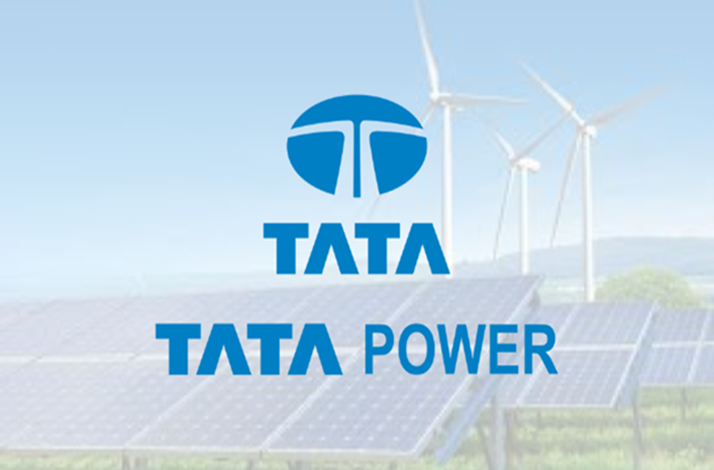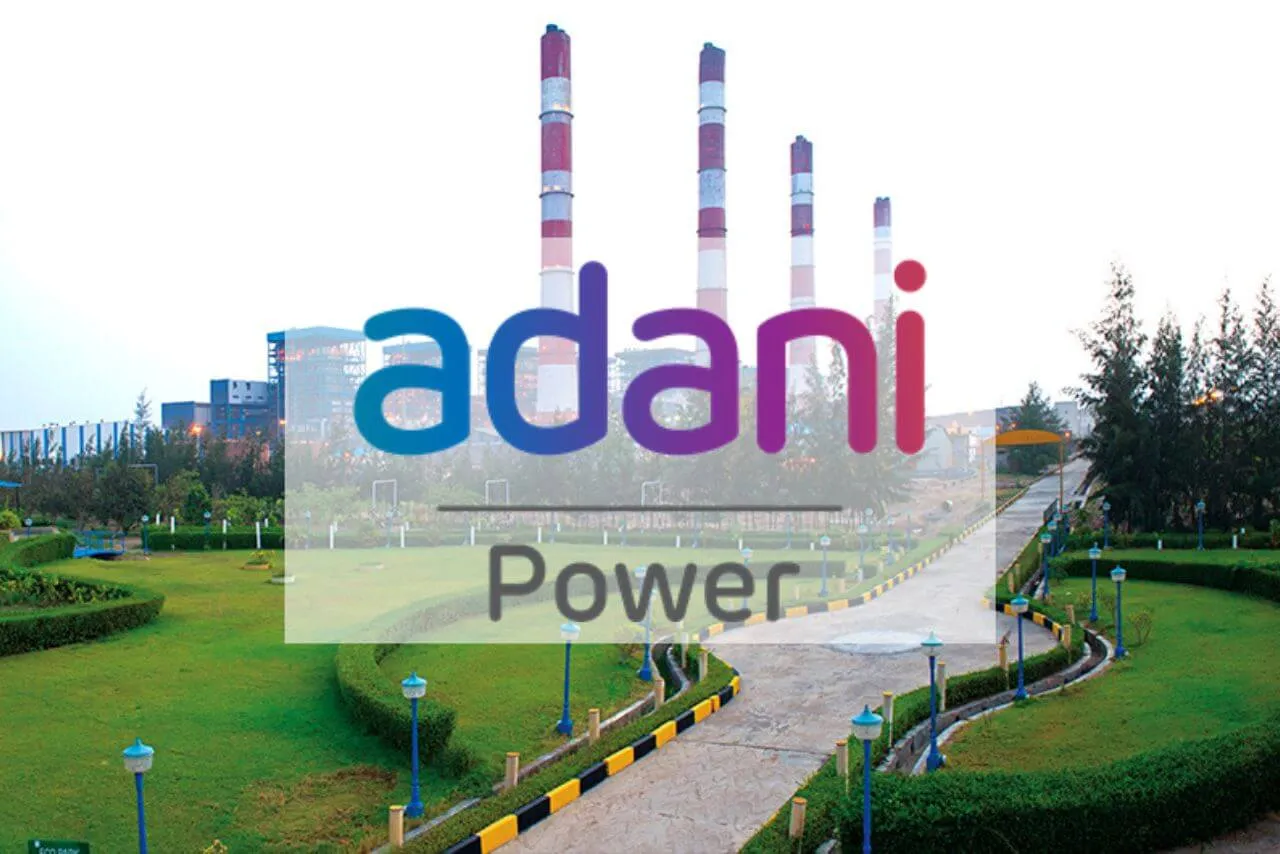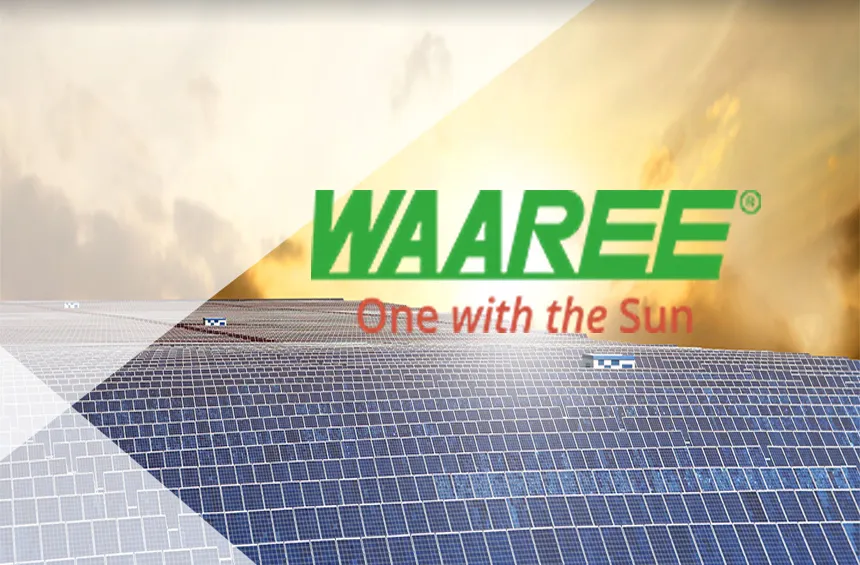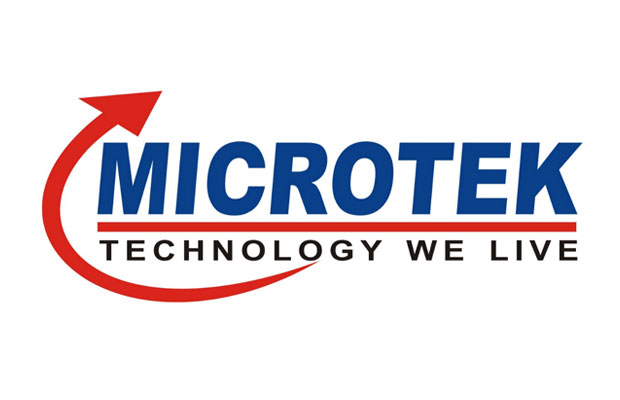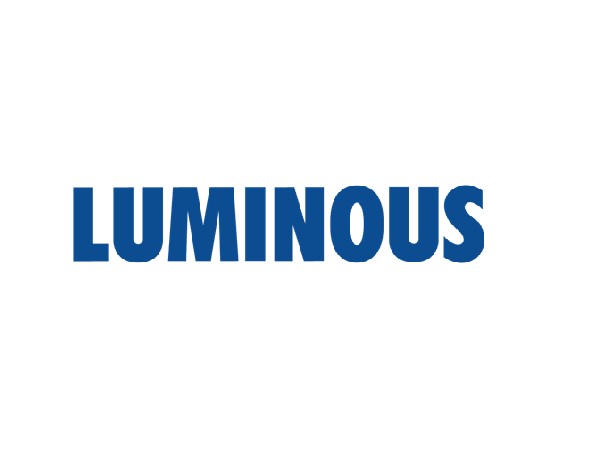Flush Mount Solar Panel Installation Services
Premium Flush Mount Solar Panel Systems
Embrace the elegance of flush mount solar panel systems with Wellborn Digital. Our flush mount installations offer a sleek, low-profile design that integrates smoothly with your roofline, maintaining the aesthetic integrity of your home while harnessing the power of the sun. Ideal for residential homes with suitable roof types, our flush mount systems are designed to maximize efficiency without compromising on style.
What are Flush Mount Solar Systems?
Flush mount solar systems, also known as direct mount solar systems, involve installing solar panels directly onto your roofing structure. These systems are favored for their aesthetic appeal as they sit lower to the roof compared to traditional raised mounts, creating a clean, streamlined look.
Ideal Roof Types for Flush Mount Solar
Flush mount solar systems are best suited for roofs with a moderate pitch and those made from materials that can support direct mounting, such as composite or asphalt shingle, metal, and tile roofs. It’s crucial to ensure that your roof structure is in good condition to handle the installation.
Benefits of Flush Mount Solar Installations
- Aesthetic Appeal : Minimalist and modern look that integrates seamlessly with your existing roof.
- Reduced Wind Load : Lower profile reduces wind resistance and increases the durability of the panels.
- Ease of Installation : Simpler installation process without the need for complex racking systems.
- Improved Energy Efficiency : Positioned close to the roof, these systems can utilize the radiative properties of the roof for better thermal regulation.

Our Flush Mount Installation Process
- Initial Consultation : Assess your energy needs and roof type to ensure suitability for a flush mount system.
- Design and Planning : Custom-design your system using the latest solar technology to fit perfectly on your roof.
- Professional Installation : Our certified installers ensure that your solar panels are mounted safely and effectively, integrating seamlessly with your roof.
- Post-Installation Support : We provide ongoing support and maintenance to ensure your system performs optimally.
Why Choose Wellborn Digital for Your Flush Mount Solar?
At Wellborn Digital, we pride ourselves on providing innovative solar solutions tailored to our clients' specific needs. Our expertise in flush mount solar installations guarantees not only functional energy solutions but also installations that enhance the architectural beauty of your property.
